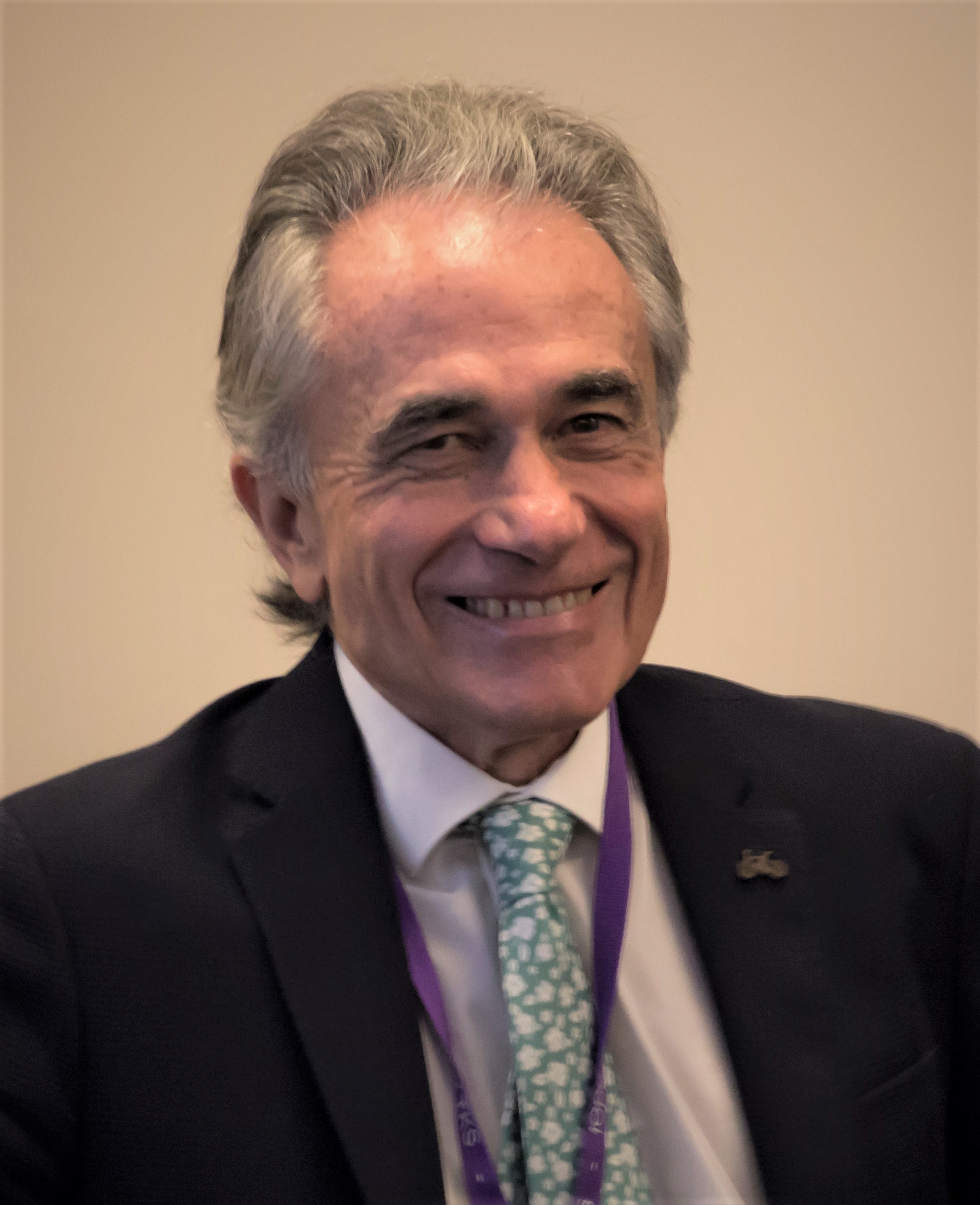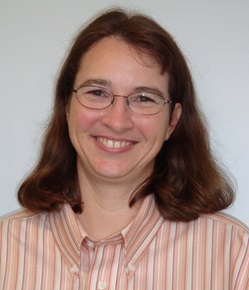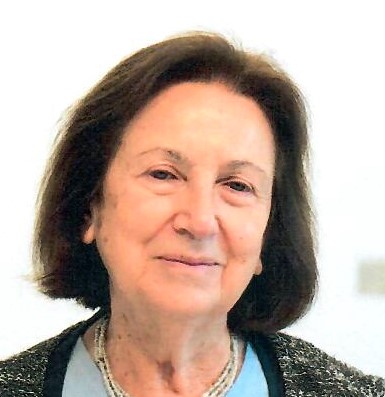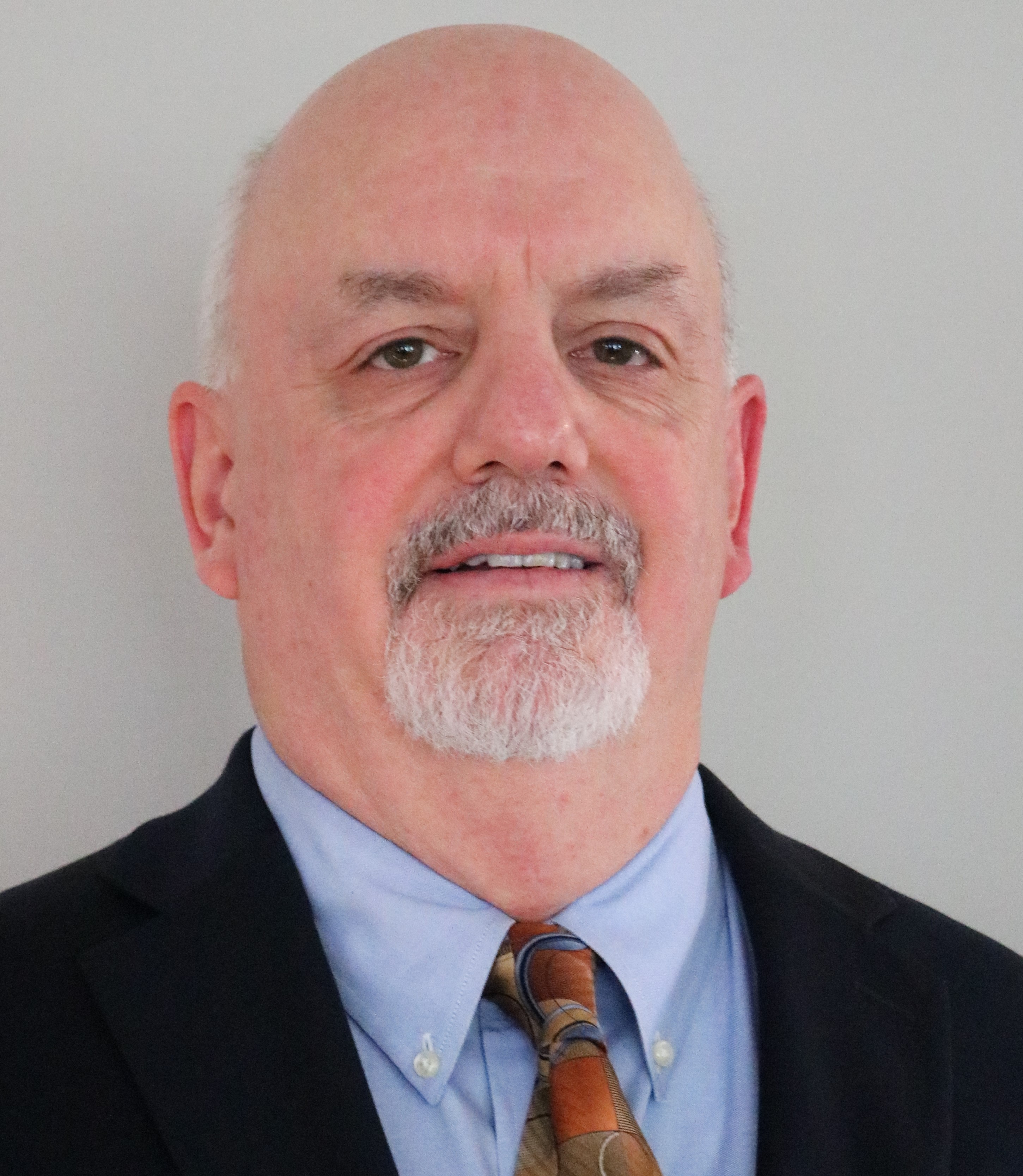Collection
Celebrating Professor George Barany's Half Century in Science
- Submission status
- Open
- Open for submission from
- 17 November 2023
- Submission deadline
- 30 June 2024
Contributions to the issue will include topics related to Professor Barany's broad interests in peptide and protein science, and in organosulfur chemistry. This can include original research papers or reviews on the chemistry, biology, and medicinal chemistry of peptides and proteins, covering design, synthesis, structure, folding and analysis, and allied fields. Contributions on topics at the intersection of organosulfur chemistry and peptide and protein science are particularly encouraged, including areas such as novel protecting groups for cysteine and methods for the creation of one or more disulfide or polysulfide bridges in peptides and proteins.
Keywords:Solid-phase peptide synthesis, orthogonal protecting group strategies, organosulfur chemistry, cysteine, disulfide bridges, trisulfide bridges, protein folding, polymeric supports for solid-phase peptide synthesis, polymer-supported reagents
Editors
-
Fernando Albericio, PhD, University of KwaZulu-Natal, South Africa
Fernando Albericio belongs to the first generation of postdoctoral fellows in the George Barany laboratory. Currently, he is Research Professor at the University of KwaZulu-Natal (South Africa) and Emeritus Professor of Organic Chemistry at the University of Barcelona (Spain) which was his academic home for much of his scientific career. His primary research interests cover practically all aspects of peptide synthetic methodology, focused on peptides and small molecules with therapeutic activities (cancer and infectious diseases). His most recent emphasis is on greening SPPS processes. He has published over 1000 scientific articles.
-
Carrie Haskell-Luevano, PhD, University of Minnesota, USA
Carrie Haskell-Luevano received her Ph.D. (1995) at the University of Arizona. Since 2011, she holds the inaugural Philip S. Portoghese Endowed Chair in Chemical Neuroscience at the University of Minnesota Department of Medicinal Chemistry. At Minnesota, she is also an Institute for Translational Neuroscience Science Scholar and a member of the Chemistry graduate faculty where George Barany is a colleague. Her multidisciplinary research focuses upon GPCRs, the neuroendocrine regulation of pain (opioid receptors), food intake, and energy homeostasis (melanocortin receptors).
-
Maria Kempe, PhD, Lund University, Sweden
Maria Kempe received her M.S. (1988) and Ph.D. (1995) degrees from Lund University, Sweden. Her doctoral studies with Klaus Mosbach were on molecularly imprinted polymers. Subsequently, she was a Hans Werthén postdoctoral fellow with George Barany at the University of Minnesota for two years. During this time, she invented the CLEAR family of solid-phase synthesis supports. She then returned to Lund University as a faculty member, where her independent research program at the interface of medicine, chemistry, nanotechnology, and materials science focuses on developing novel materials and technologies for nanomedicine and other applications.
-
Svetlana Mojsov, PhD, Rockefeller University, USA
Svetlana Mojsov was mentored by Bruce Merrifield at The Rockefeller University and shared an office with George Barany. Her Ph.D. thesis (1978) reported the first solid-phase synthesis of crystalline glucagon. While at Massachusetts General Hospital in the 1980s, Dr. Mojsov discovered the active form of glucagon-like peptide 1 (GLP-1), work that led to the development of blockbuster drugs against Type 2 diabetes and obesity. She returned to Rockefeller in 1990 and associated with Ralph Steinman’s immunology laboratory. Her current research is focused on a unique G-protein coupled receptor with specificity towards both GLP-1 and glucagon.
-
Robert P. Hammer, PhD, Bicycle Therapeutics, USA
Robert Hammer received his B.S. in Chemistry (1985) from the University of Illinois-Urbana and his Ph.D. (1990) from the University of Minnesota where he worked in George Barany’s laboratory on new methods for solid-phase peptide synthesis. In 1992, he joined the Louisiana State University faculty, where he progressed through the ranks to William A. Pryor Professor of Chemistry. Since 2008, Dr. Hammer has worked in industry. At Ra Pharmaceuticals, he co-invented the peptide drug zilucoplan, recently approved for treatment of myasthenia gravis. He is currently Associate Director of Medicinal Chemistry at Bicycle Therapeutics.






